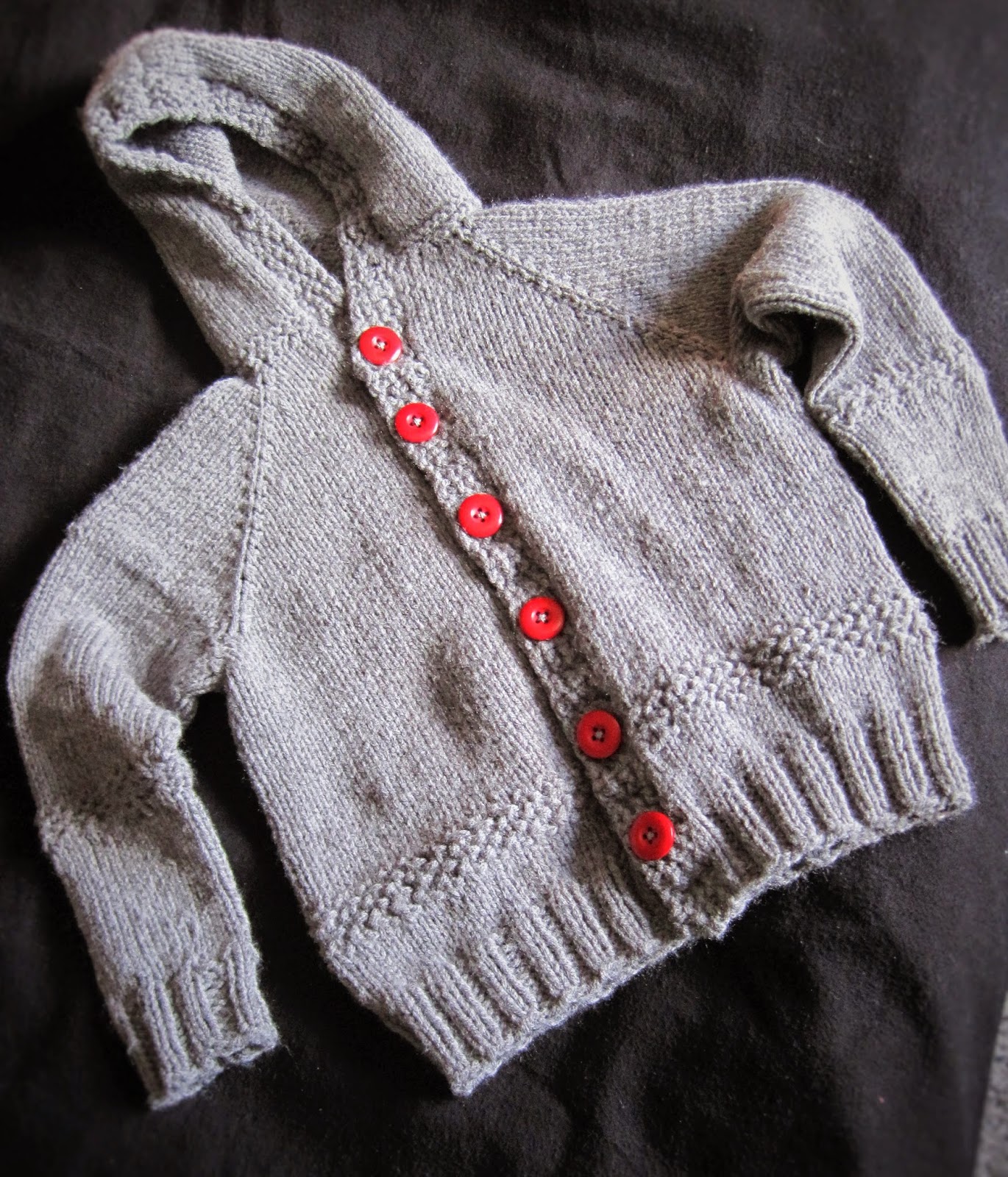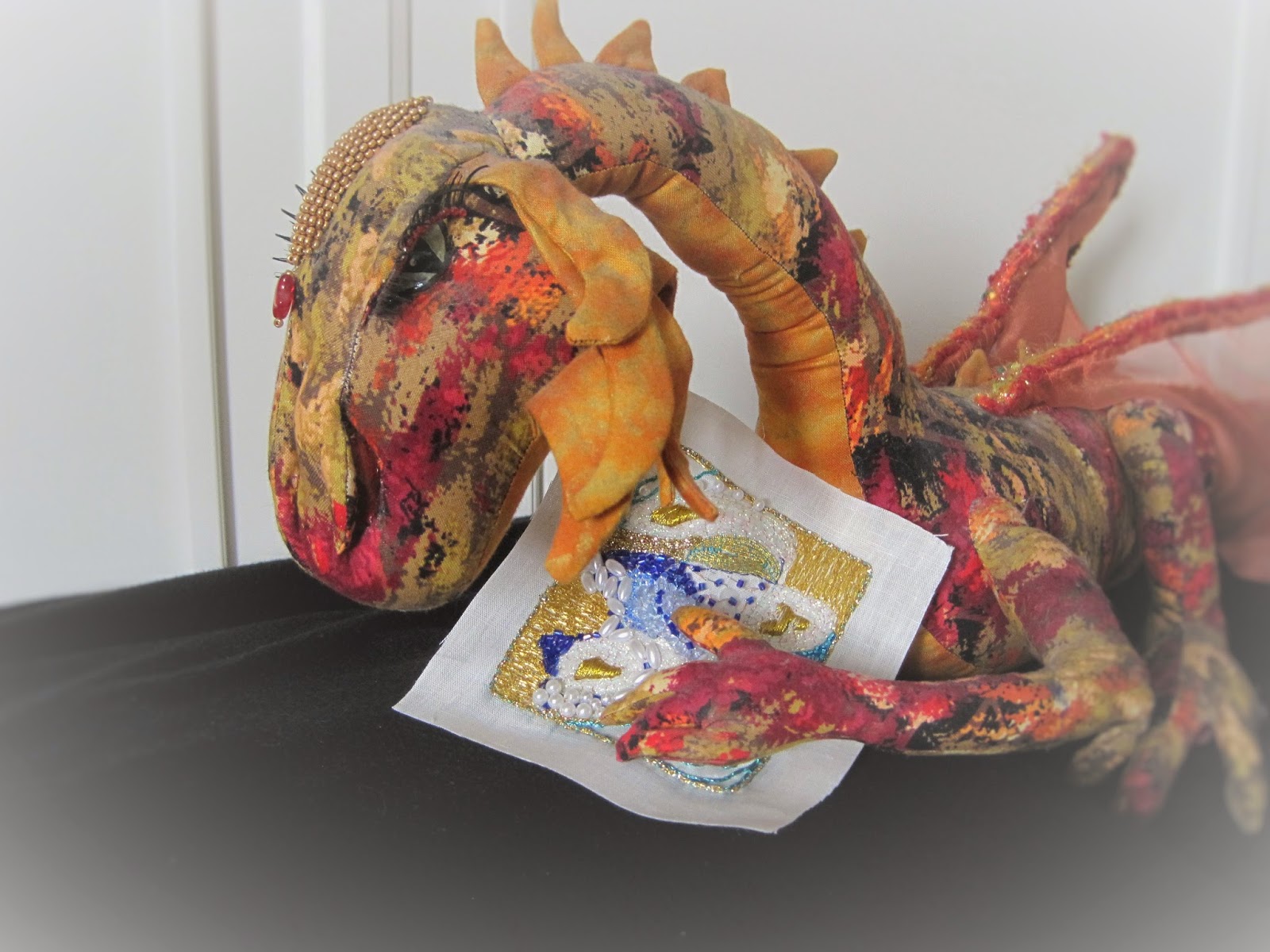Yes, yes, that's it. Pull out your math textbooks and turn to page 23. Hurry up now, there's no time to waste. You there, in the back, listen up.
Today we have a lesson in math
as it pertains to making quilts.
Be sure to take notes because there WILL
be a test at the end.
Many of you will remember that one of the projects on my to-do list is to create a king-sized sane quilt. Many of you will also know that sane quilting is not my forte. I like crazy quilting - for good reason as this story will attest.
My friend and I made a foray to the local quilt shop and chose six different fabrics in the requested colourway. Of course, with my being quite certain I would flub at least SOMETHING up throughout the project, I opted to purchase an additional 1/4 yard of each. My thought was the the extra, if not needed because I messed up, might be useful for pillow shams. So far, this equation makes perfect sense. I think.
Afore-mentioned friend kindly loaned me a wondrous ruler that made cutting all those 2 1/2" strips I needed so easy. See? Rulers and math - they go together. They work.
The day before yesterday I finished the rose-hussif and now the dreaded sane quilt project was next up in the equation. I fiddled and faffed with getting my sewing machine to sew a scant 1/4" seam (see...more math!!) and finally struck pay dirt. Hooray. Stitching began and soon I had this (12 strip sets sewn together)....
 |
| Stripping good time! | | |
Now, kiddies, pay attention, because this is where this lesson gets interesting.
I'm rather anal about worrying whether I would have enough fabric so I decided to sit and figure out just how many blocks I would get once I'd sewn together all the pile of strips.
I sharpened my pencil, spit on the end to be sure it worked well, and undertook to calculate. Now please pay particular attention to these equations (remember, there's a test)....
1. 6 strips of 6 different fabrics, cut 2 1/2" wide and sewn together = a strip of fabric 12" wide by the length of the fabric (in this case 42").
2. How many blocks will I get from each strip? 42 divided by 12 = 3 with 6" left over.
3. With the equation of three blocks available from each strip and the need for 61 blocks for the quilt, I would need a little over 20 strip sets to give me the necessary blocks.
Now, no whispering in the back you lot - pay attention because here's where it gets really tricky!!
With the yardage requirements for each fabric that I purchased (including the extra 1/4 yd of each I built in for goofs) I was able to cut 45 strips of 2 1/2" each. Which means that I will end up with 45 strip sets of 42 inches length each.
So....
4. 45 strips sets, divided by the 3 blocks I can get from each = 135 blocks.
5. Therefore..... 135 sewn blocks - 61 blocks needed for the quilt = 74 left over.
Do you see the problem here?
Needless to say, there seems to be just a teeny tiny little discrepancy doesn't there. Enough of a discrepancy that I will have enough 12" blocks to make a whole 'nother quilt. And if one is thrifty with fabric, one can deduce that yet another small-ish quilt can be made from the leftover bits from the strip sets after cutting the blocks.
So, please tell me - how did ONE quilt manage to turn itself into THREE???
Oh yeah,
and all this mathematical effort led to this....
 |
| Photo Courtesy of One Smart-Ass Husband |
|
|
Above gracing doorway to my sewing room.
Today the quote is from Mary Kay Ash.... "For every failure, there's an alternative course of action. You just have to find it. When you come to a roadblock, take a detour"
Class dismissed.































